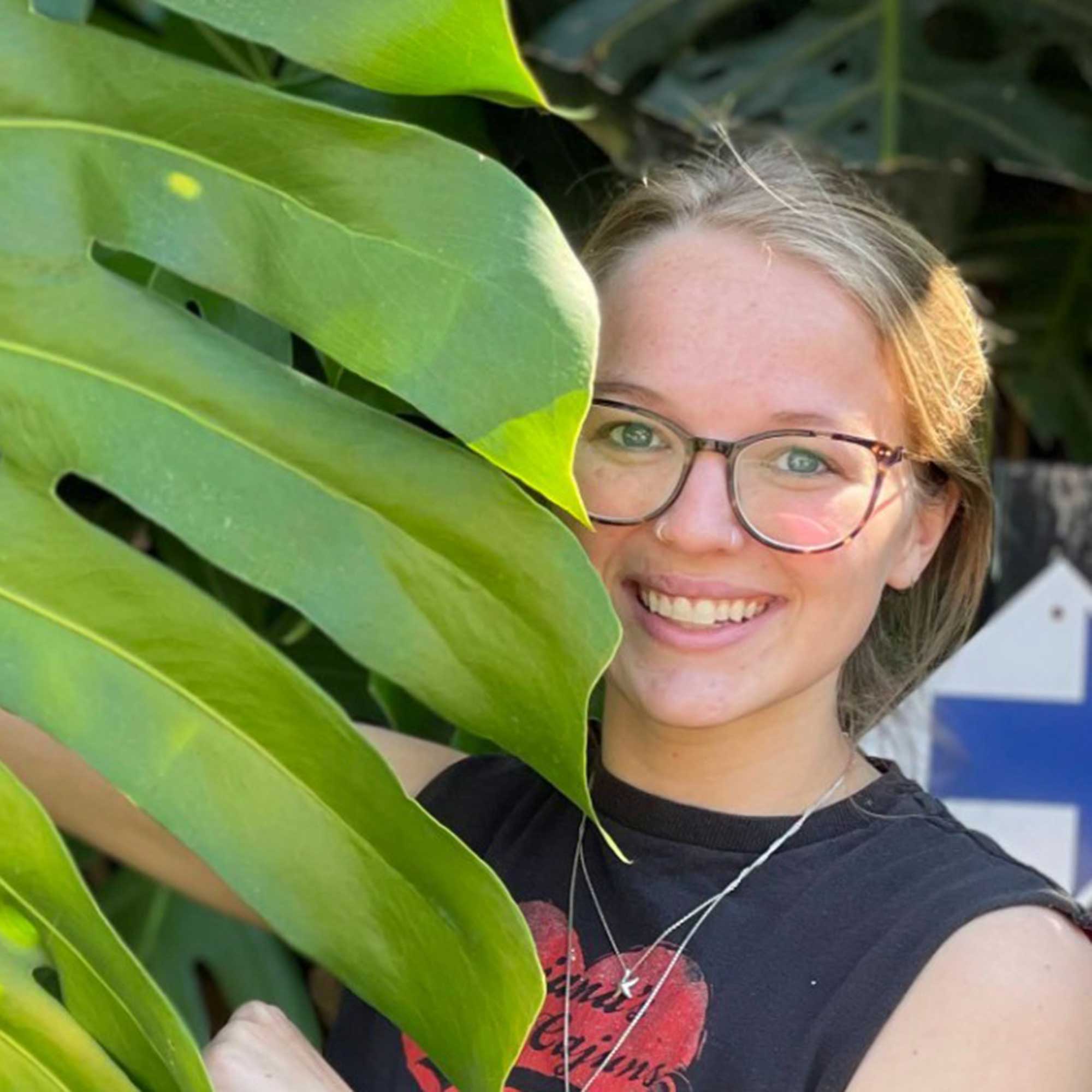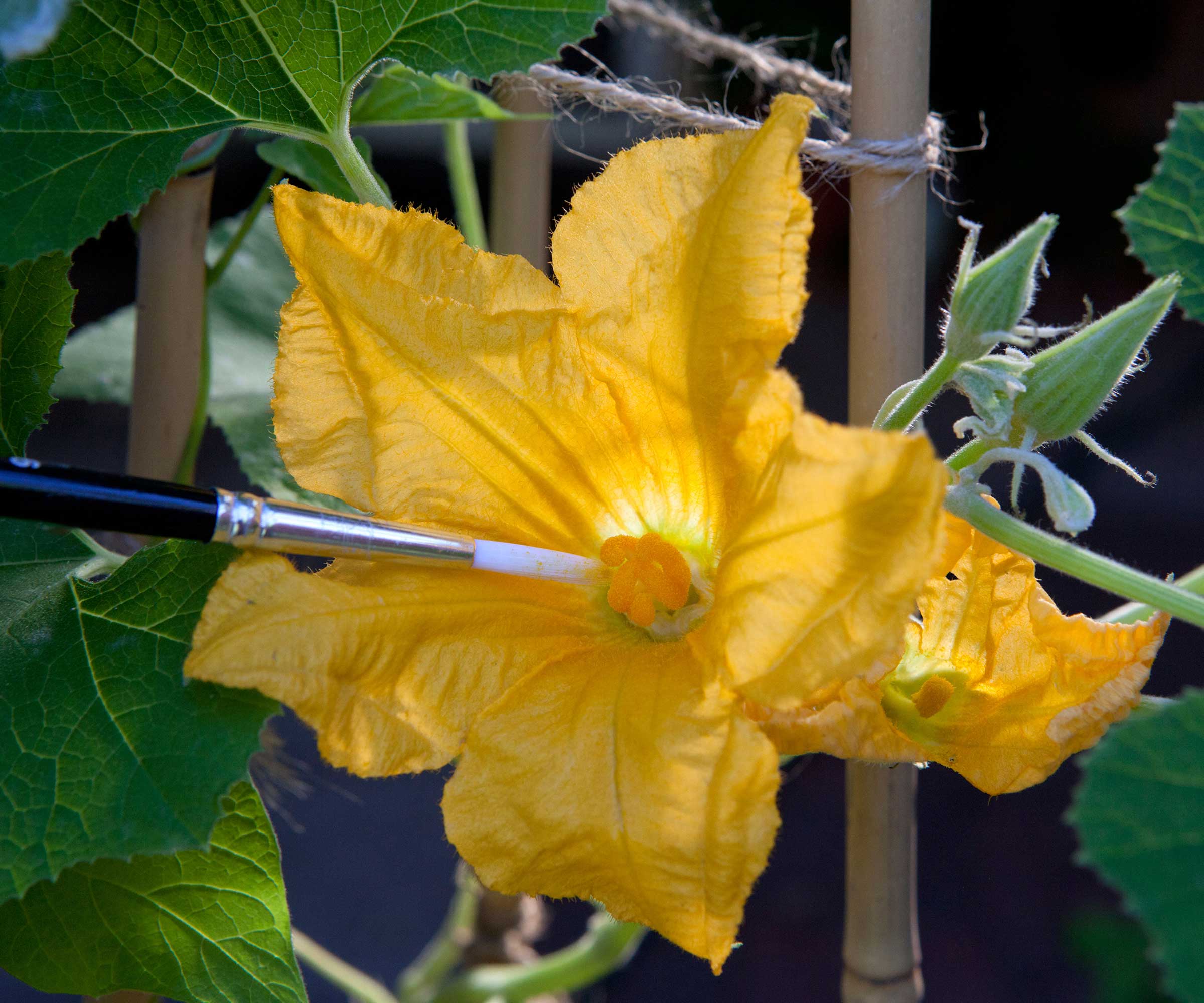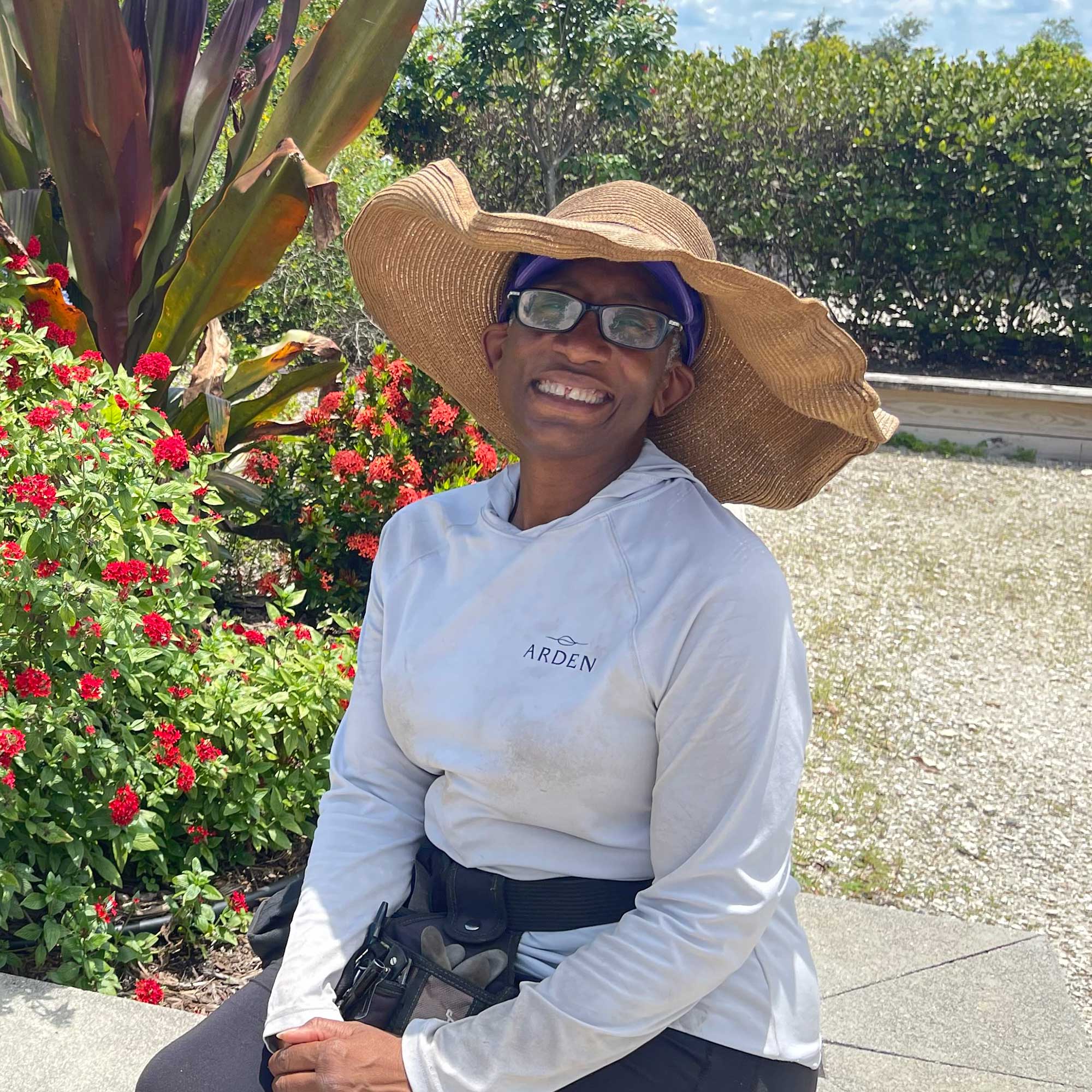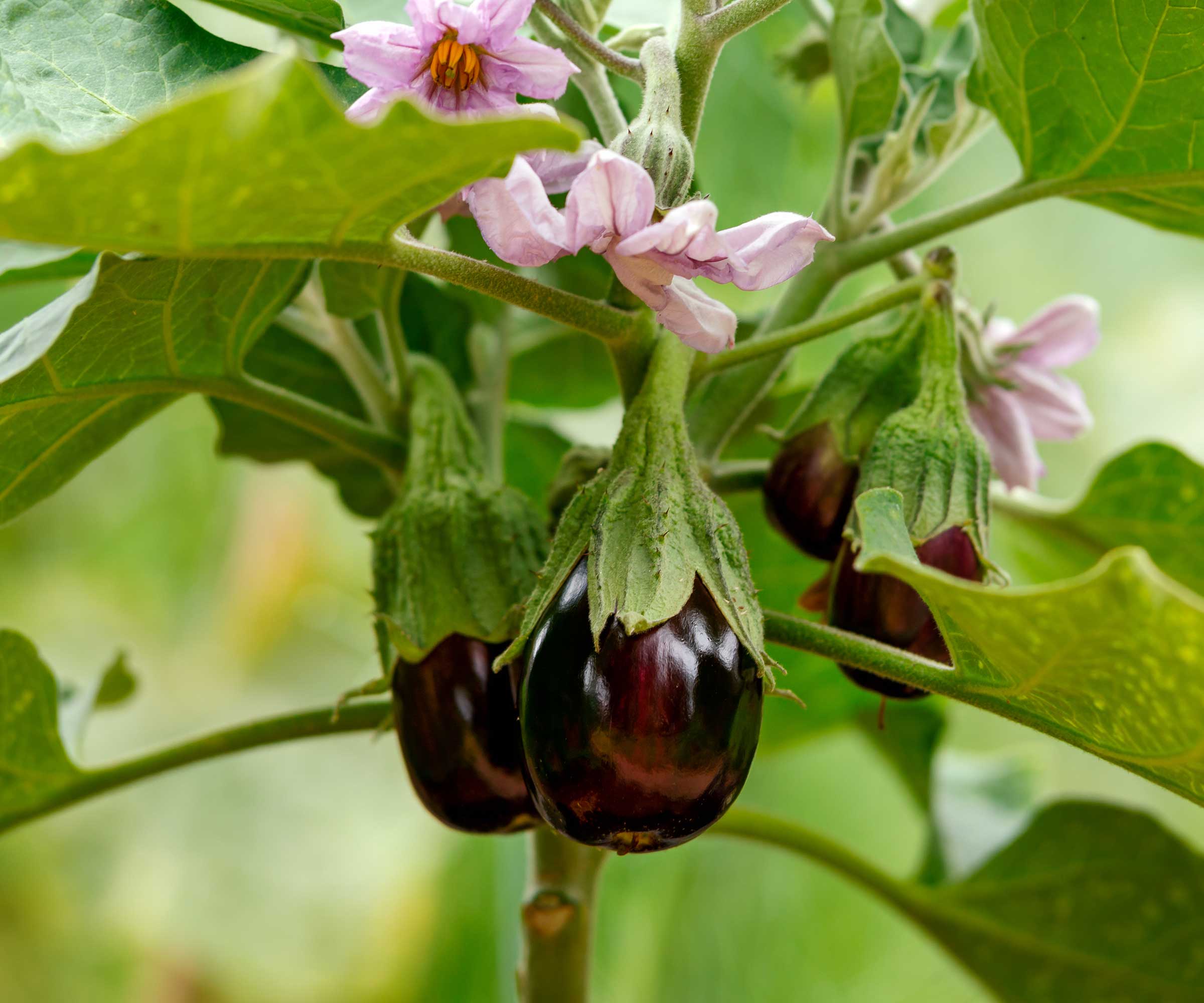How to hand-pollinate plants – expert tips for your greenhouse and indoor garden
Help your crops under cover produce fruit with this simple guide


Pollinating plants by hand may sound a little technical, but it's easier than you might expect. And, it's a particularly useful skill to learn if you're growing food indoors.
Pollination is necessary for plants to produce their yield. Usually, crops grown in a vegetable garden outdoors will be pollinated by the wind, or by pollinating insects such as bees. But, when growing in a greenhouse or indoors, it's trickier for this process to take place without a bit of assistance.
There are a couple of different methods, depending on the plants you are growing. Below, the gardening experts share their advice to help you try it at home.

Tomatoes produce flowers with both male and female parts
How to pollinate plants by hand
Kiersten Rankel, an expert from Greg, a plant-care app, says, 'Flowers on some plants contain both the male and female parts needed to pollinate. These plants can be hand-pollinated by gently shaking them so pollen is dislodged and lands on the pollen-collecting parts of the flower.'
These are known as self-pollinating, hermaphroditic plants. Examples include tomatoes and eggplants.
Diane Kuthy, from How To Grow Everything, says that some plants require a bit more work, including squash plants, cucumbers, and melons.
These are plants that have separate male and female flowers, Kiersten says. They are known as monoecious plants.
Design expertise in your inbox – from inspiring decorating ideas and beautiful celebrity homes to practical gardening advice and shopping round-ups.
'For these plants, your first step is to identify both a male and female flower,' Kiersten instructs. 'Male flowers will have visible yellow dust – this is pollen.' Female flowers will have structures in the center that are slightly sticky and may have a small bulb at the tip, she adds. Female flowers will also have a bulge at the base (this is the start of the fruit), notes Diane.
Once you've identified the flowers, Kiersten says to use a small paintbrush or cotton swab to collect some pollen and gently stick it to the structures at the center of the female blossoms. 'Repeat across multiple pairs of flowers.
'Avoid contamination by cleaning brushes between plants or varieties,' Kiersten adds. 'You can mark pollinated flowers with a small thread to monitor as their fruits develop.'
Top tip: 'There are varieties of plants which do not require any pollination to produce fruit,' says Diane. 'These plants are called parthenocarpic and they are often sold as the ideal varieties for greenhouses because of this feature.'
An example is the 'Sweet Success Hybrid' cucumber from Burpee.
Be aware that the fruits from parthenocarpic plants are virtually seedless, or have only unviable seeds. 'If you desire to save the seeds of your plant for future gardening seasons, then this may not be the best way to go,' Diane says.

Kiersten Rankel is a certified Louisiana Master Naturalist and regularly volunteers with local community gardens and nonprofits to help restore critical ecosystems along the Gulf Coast. In her spare time, she enjoys hiking and tending to her 150+ houseplants and vegetable garden.

Diane Kuthy is the founder and lead plant expert at How To Grow Everything, a collection of comprehensive grow guides for every plant and vegetable. Diane has over 10 years of gardening experience and she currently manages a 5-acre farm, a four-season greenhouse, over 50 perennial fruit and vegetable varieties, and a large indoor plant conservatory.

You can gently transfer pollen using a brush
When to hand-pollinate plants
Charmaine Peters, a gardening expert from Arden, says, 'Don't wait until later in the day to pollinate flowers.
Morning is the best time to pollinate plants because that’s when flowers are most receptive to pollination. The flowers tend to be fresher, so their pollen is often more abundant and viable.'

Charmaine Peters is the farm director at Arden, an Agrihood community in Wellington, Florida. She manages the community’s five-acre working farm, as well as a monthly farm-share program for residents.

Eggplant plants can be carefully shaken to disperse pollen
FAQs
What are some common mistakes to avoid when hand-pollinating plants?
Do not be too rough with the female flowers when pollinating. Make sure that you correctly identify the male and female flowers, too. If you are not sure, look up pictures online of your particular plant and their respective flower types.
Finally, be careful not to over-pollinate flowers. Over-pollination can result in excessive fruit production, which may strain the plant’s resources, resulting in smaller, lower-quality fruits.
Should you hand-pollinate outdoor plants?
Outdoor crops should pollinate naturally, particularly if you've added plenty of plants for pollinators to your yard. However, those that are a bit more sheltered from the wind may benefit from a helping hand.
If you're looking for more ways to make the most of your covered growing space, our tips on planning a greenhouse may come in useful. Ensure you keep your greenhouse clean, too – a great task for spring.

Holly started writing about gardening five years ago, and she is a regular contributor to Homes & Gardens. She has also written many gardening features for Woman & Home and Real Homes, too. She has previous experience as a professional gardener, where she helped to plant and maintain private gardens. Holly has also looked after allotment plots over the years and loves to grow her own flowers and veggies from seed. In her spare time, she enjoys visiting local gardens, botanical drawing, and tending to her ever-growing collection of houseplants.